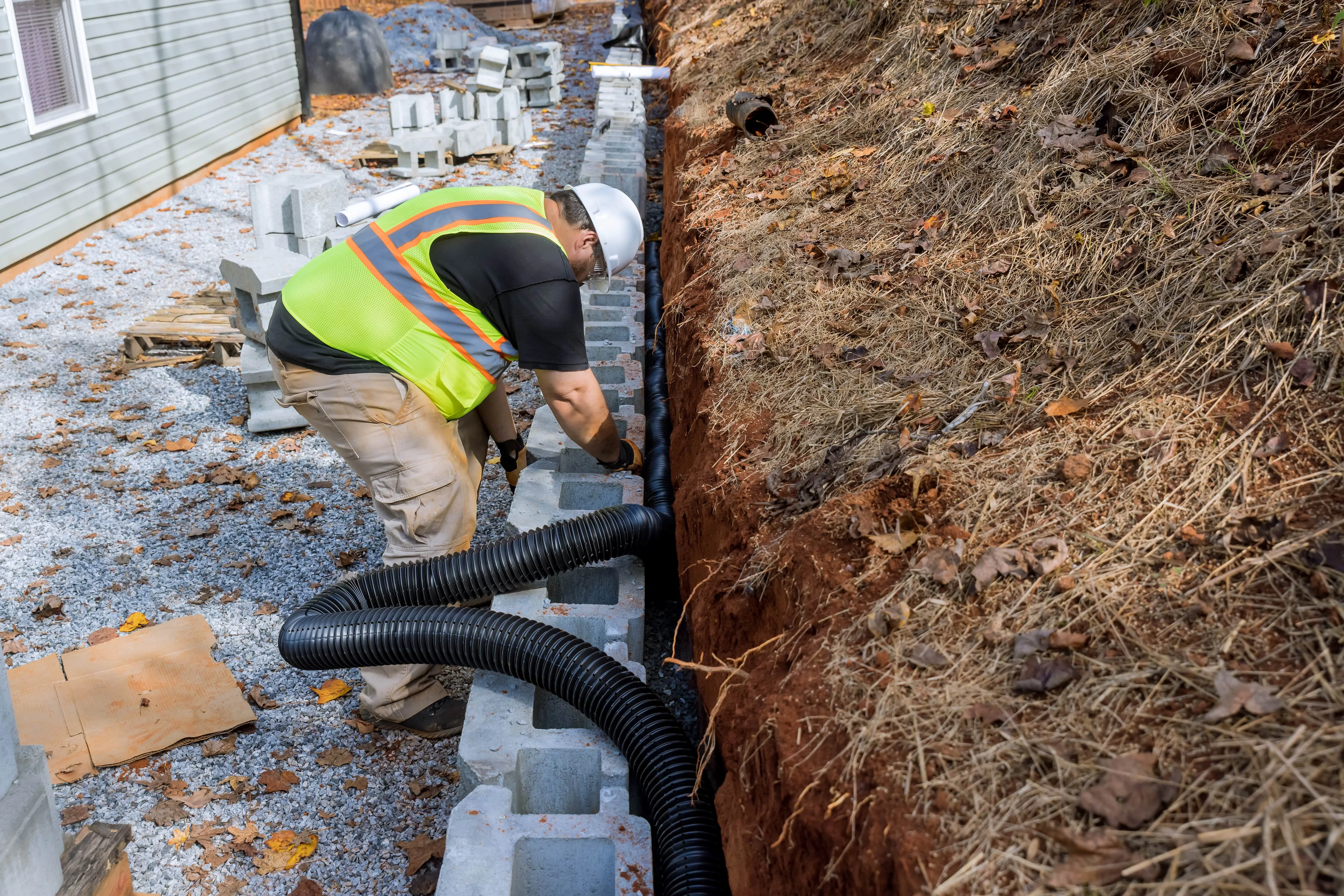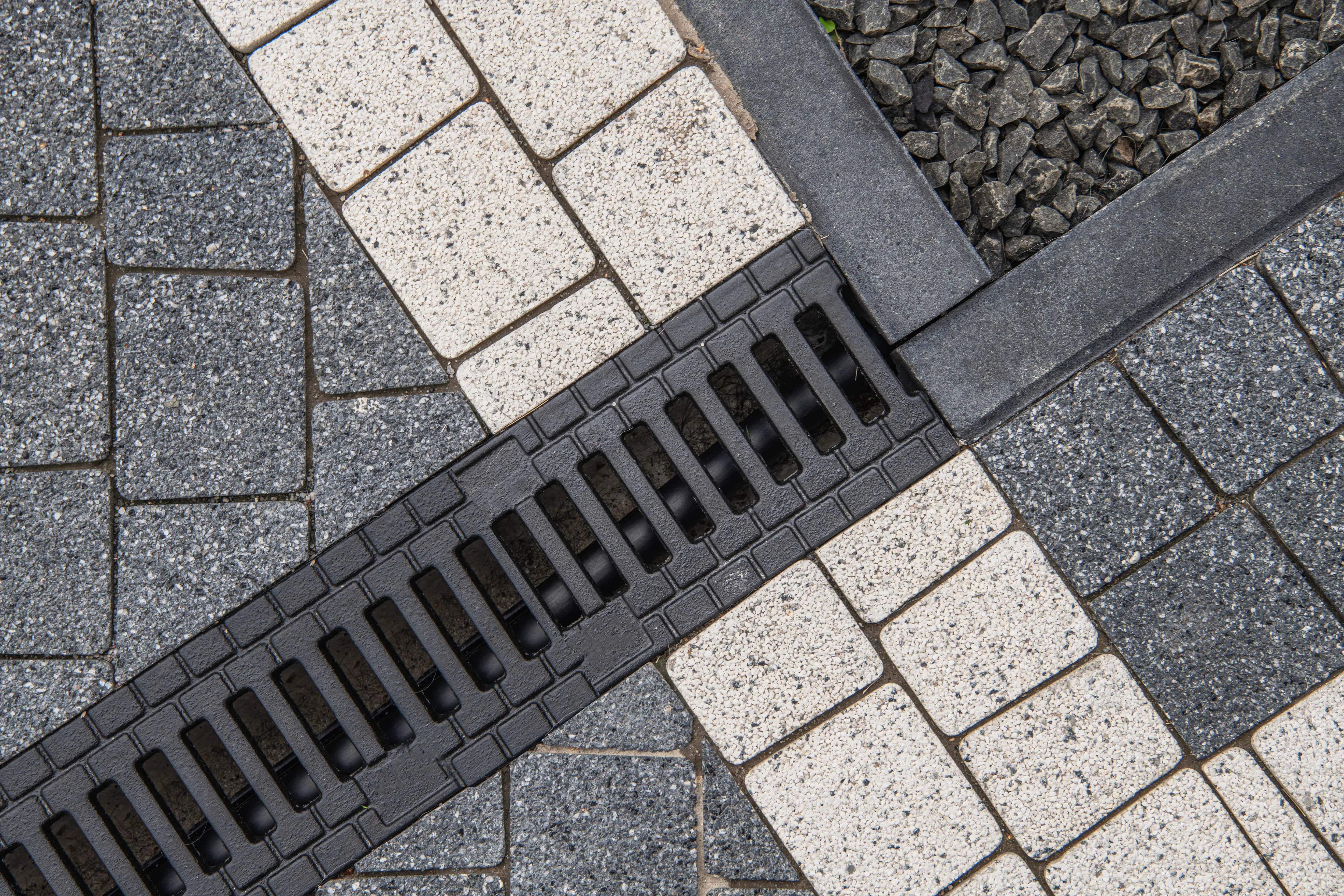The Importance of Drainage Systems in Modern Construction
In Canada, where high groundwater levels and extreme weather events are common, robust drainage systems are essential for protecting investments and properties from water damage.
Effective drainage systems help prevent foundation damage, mold growth, and structural weakening, ultimately saving homeowners significant repair costs. The recent flooding in Toronto on July 16, 2024, highlighted the critical need for such systems.
By managing both groundwater and surface water, well-maintained drainage systems ensure the longevity and safety of buildings, making them a vital component in modern construction.
Groundwater and Surface Water Challenges
Groundwater: High levels of groundwater are a significant concern in Canada. These elevated levels can infiltrate basements and foundations, leading to structural damage and mold growth.
Surface Water: Heavy rainfall, as experienced during the Toronto flood, can lead to surface water accumulation, overwhelming existing drainage systems. The removal of vegetation for construction exacerbates this problem by reducing the natural absorption and filtration of water, resulting in increased runoff and a higher risk of flooding.
Climate Change and the July 16 Flood in Toronto
The July 16, 2024, flood in Toronto saw over 100 millimeters of rain in a short period, highlighting the increasing frequency and intensity of extreme weather events due to climate change.
This event underscores the urgent need for improved drainage infrastructure.

Why Drainage Systems Are Important
Foundation Protection: Effective drainage systems prevent water from pooling around foundations, reducing the risk of cracks and structural weakening. Persistent water accumulation can also cause the soil beneath the foundation to become saturated, leading to differential settling.
This setting can result in uneven floors, misaligned doors and windows, and other structural issues. By ensuring proper drainage, we can mitigate these risks and maintain the stability and integrity of buildings.
Mold Prevention: Proper drainage minimizes moisture buildup, preventing mold growth and associated health risks. Mold thrives in damp environments, and once it starts growing, it can spread quickly, damaging building materials and posing serious health risks, including respiratory issues and allergic reactions.
Effective drainage systems keep basements and crawl spaces dry, reducing the likelihood of mold infestations. Regular maintenance and inspection of drainage systems are crucial to ensure they function correctly and keep moisture levels in check.
Structural Integrity: Consistent removal of water helps maintain the integrity of building materials over time.

Key Components of an Effective Drainage System
Foundation Drainage: Perimeter drains, also known as French drains, are essential for diverting groundwater away from foundations. These drains consist of perforated pipes surrounded by gravel, which help filter and redirect water away from the building, preventing it from seeping into basements and causing structural damage.
Sump Pumps: In areas with high groundwater levels, sump pumps are crucial. These pumps remove accumulated water from basements and crawl spaces, ensuring that these areas remain dry. Sump pumps often have battery backups to ensure they function during power outages, which are common during severe weather events.
Gutters and Downspouts: Properly maintained gutters and downspouts are vital for channeling rainwater away from buildings. By directing water away from the roof and foundation, these systems help prevent water from pooling around the base of the structure, reducing the risk of foundation damage and basement flooding.
Landscape Grading: Proper landscape grading involves sloping the ground away from buildings to prevent water from pooling near foundations. This technique helps manage surface water runoff, ensuring that water flows away from the building rather than accumulating around it.
Surface Water Management: Techniques such as swales and ditches are used to direct surface water away from structures. Swales are shallow, vegetated channels that slow down and absorb runoff, while ditches can carry water away more quickly. Incorporating green spaces and preserving vegetation enhance these techniques by managing water flow and preventing soil erosion. Vegetation helps absorb water, reduces runoff, and filters pollutants, contributing to a healthier and more effective drainage system.
Inspection and Maintenance
Regular Inspection and Maintenance
Maintaining an effective drainage system requires consistent attention and care. Here are essential steps to ensure your system functions properly:
- Clean Gutters and Downspouts Regularly: Remove debris from gutters and downspouts to prevent blockages that can cause water to overflow and damage the foundation.
- Test Sump Pumps: Regularly check sump pumps to ensure they are operational, especially before the rainy season. Ensure the backup battery is charged and functioning.
- Inspect for Water Damage: Look for signs of water damage around the foundation, such as cracks, damp spots, or mold growth. Early detection can prevent more severe issues.
- Maintain Landscape Grading: Ensure the ground slopes away from the foundation to direct water away from the building. Over time, soil can settle, reducing the effectiveness of the grading.
- Clear Drainage Channels: Regularly inspect and clear swales, ditches, and other drainage channels to ensure unobstructed water flow. This includes removing vegetation, debris, and any other blockages.
Advanced Solutions for Modern Construction
Incorporating modern technology can significantly enhance the effectiveness of drainage systems, ensuring better management of both groundwater and surface water.
Smart Sensors: These devices are crucial in monitoring moisture levels around foundations and within basements. They provide early warnings of potential water issues, allowing homeowners to take proactive measures before minor problems escalate into major damage. Smart sensors can be integrated with home automation systems, providing real-time alerts through mobile apps or home security systems.
Green Infrastructure: Incorporating green infrastructure solutions like rain gardens and permeable pavements can greatly reduce surface runoff. Rain gardens, which are shallow depressions planted with native vegetation, help absorb and filter rainwater, reducing the amount of water that flows into traditional drainage systems. Permeable pavements allow water to seep through surfaces like driveways and sidewalks, replenishing groundwater and reducing runoff. These solutions not only manage water more sustainably but also enhance the aesthetic appeal of a property.
Filtration Systems: Using gravel and other filtration materials around drains is essential for preventing clogging and mud buildup. Filtration systems can include layers of gravel, sand, and geotextiles that filter out sediment and debris before water enters the drainage system. This not only prolongs the lifespan of the drainage components but also ensures that water is effectively diverted away from the foundation. Advanced filtration systems can be tailored to specific site conditions, providing optimal performance and maintenance ease.
In Canada, particularly in areas with high groundwater levels, perfecting drainage systems is essential to prevent foundation damage, mold growth, and structural weakening. The recent flooding in Toronto underscores the need for a robust infrastructure to protect properties from climate change impacts.
By investing in effective, well-maintained drainage systems and incorporating surface water management practices, we can safeguard our homes and buildings against future water-related challenges.